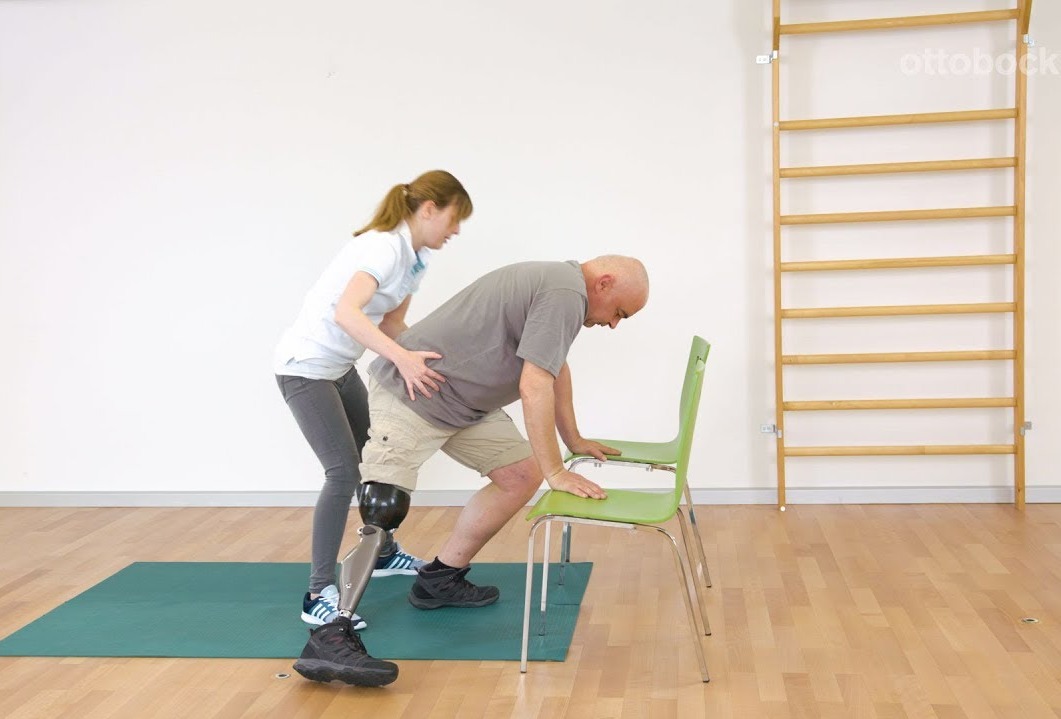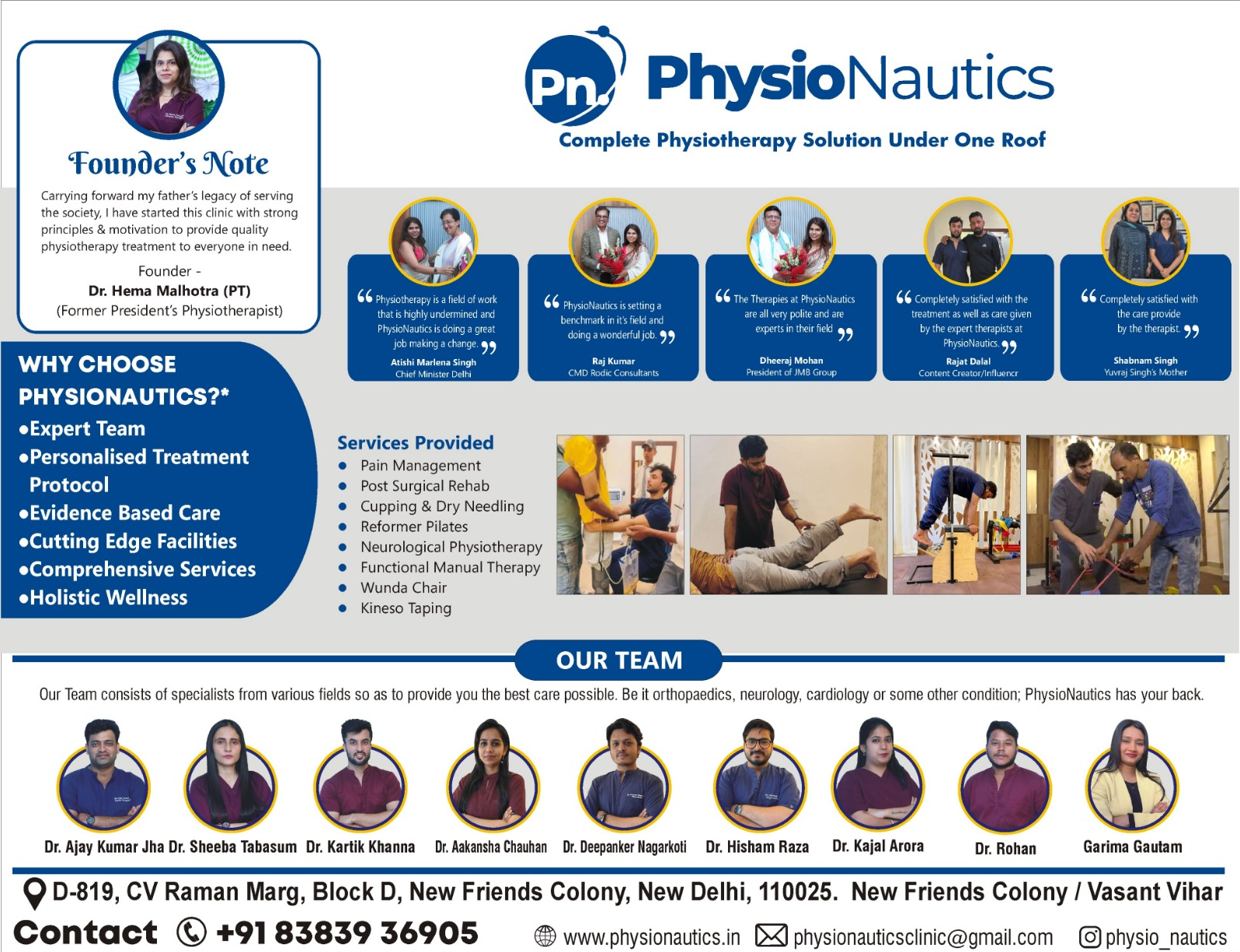



Best Physiotherapy for dead butt syndrome-Physionautics Dead Butt Syndrome (Gluteal Amnesia) - Dead Butt Syndrome (DBS), also known as Gluteal Amnesia, is a condition where the gluteus medius muscle becomes weak or inactive due to prolonged sitting, poor posture, or muscle imbalances. This leads to pain, discomfort, and improper biomechanics, increasing the risk of injuries in the lower back, hips, and knees. Causes of Dead Butt Syndrome Prolonged Sitting • Lack of Physical Activity • Poor Posture Overuse of Hip Flexors Tightness in the hip flexors (e.g., iliopsoas) inhibits proper glute activation. • Improper Exercise Routine • Neuromuscular Inhibition The brain stops effectively engaging the glutes due to compensatory patterns. Symptoms of Dead Butt Gluteal pain or numbness • Lower back pain due to poor pelvic stability • Hip pain caused by overactive hip flexors and weak glutes Knee pain resulting from improper alignment and stress on joints • Tightness in hamstrings due to compensation for weak glutes Reduced performance in walking, running, or climbing stairs Physiotherapy Treatment for Dead Butt Syndrome 1. Glute Activation and Strengthening Exercises • Glute Bridges Lying down with knees bent, lifting hips to activate glutes. • Clamshells Strengthening the gluteus medius by externally rotating the hips. • Hip Thrusts Enhancing glute max activation for better posture and function. • Lateral Band Walks Using a resistance band to improve gluteus medius strength. • Bulgarian Split Squats Strengthening unilateral glute control. 2. Stretching and Mobility Work • Hip Flexor Stretch Reducing tightness that inhibits glute activation. • Piriformis Stretch muscles. Improving mobility in the deep hip • Hamstring Stretch hamstrings. Preventing compensation by tight 3. Postural Corrections • Encouraging active sitting (engaging the core and glutes). Adjusting workstation ergonomics to prevent prolonged sitting. Practicing pelvic tilts to maintain spinal alignment. 4. Neuromuscular Re-Education • Mind-Muscle Connection Training Teaching patients to consciously engage their glutes. Electrical Stimulation (NMES) - Assisting in reactivating dormant glute muscles. • Gait Training Correcting walking patterns to distribute load evenly.
We hate spam too.